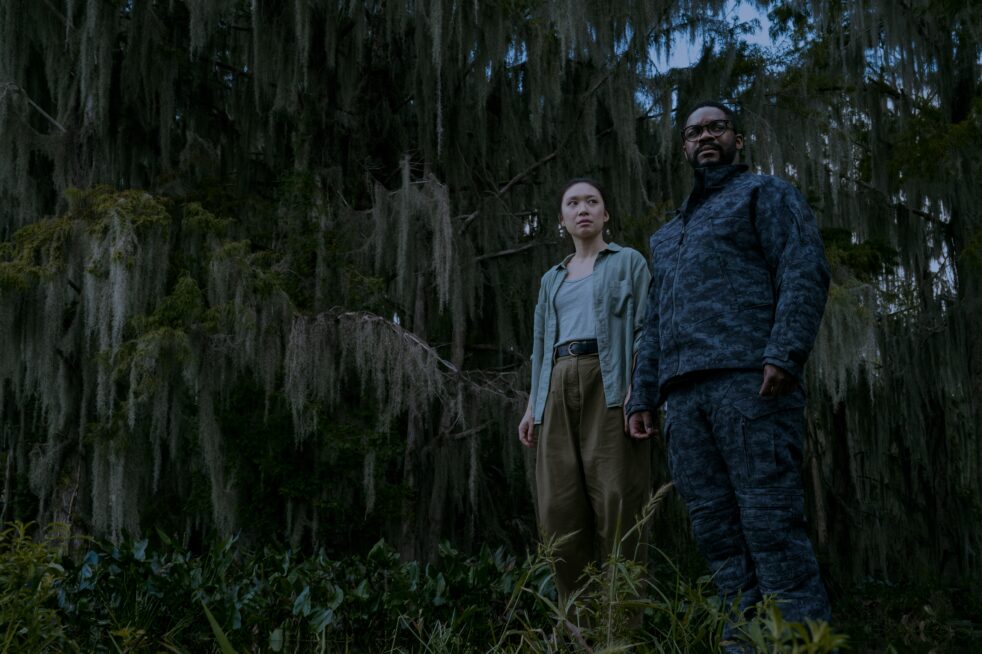A striking way to start a futuristic science fiction series is to begin in the past. “3 Body Problem” does just that, opening with a communist rally taking place in China during the rule of Mao Zedong. We see a young girl, Ye Wenjie, in a crowd crying out for her father who is currently being questioned for his work as a physics teacher, specifically about if his works proves the existence of a God or not. His non-answer sentences him to death with his daughter watching.
From this scene, we move to the present with two scientists struggling to understand seemingly impossible readings from a particle accelerator. The scene continues the path of the first one, with one scientist asking the other, “Do you believe in God?,” saying it may be the only way to explain the readings.
The entire series focuses on this theory of science versus religion throughout its eight episodes. It is hardly a simple and straightforward theme to tackle, but “3 Body Problem” is hardly a simple show.
The series follows two timelines: one in the past, continuing to focus on Wenjie’s journey in communist China, and the other following “the Oxford Five,” a group of friends who are geniuses in all things science and technology.
These chronologies intertwine and connect, forming a quite complicated story. This complexity is at times to the show’s benefit, but mostly it just leads to a convoluted narrative.
In the early episodes, the show suffers greatly from excessive editing. For “3 Body Problem,” the main reason behind the issues is the story. The cutting between these two storylines is quite choppy, seemingly switching between them at random. Even within storylines, the editing can be incredibly quick and jarring, particularly for the modern chronology since it follows nearly a dozen characters, some of which may never be seen again after a scene lasting only a few minutes.
The issues with complexity also affect the story. The audience may have trouble keeping track of every character present in the narrative. It is incredibly easy to forget a character’s existence later in the series. Some episodes focus on fewer characters, and while that may make the story and editing more cohesive for a singular episode, it can cause confusion in the long run and leave the audience longing to know more. In particular, the characters Jack Rooney, Saul Durand and Will Downing are easily forgotten. Handling the numbers of characters this show features is a daunting task, and the writing and editing struggle to keep up. The show could have greatly benefited from either cutting some characters from the narrative entirely or combining two characters into one.
The series also suffers from a lack of a true main character being made clear from the start. In the beginning, the audience will be tempted to believe that Auggie Salazar (Eiza González, “Ambulance”), a genius scientist, is the main character with the first episode focusing on her the most out of the Oxford Five; however, by the fourth episode, it seems Jin Cheng, another genius physicist, has the biggest impact on the narrative. The show never feels like it settles into a narrative rhythm.
“3 Body Problem” has many stumbles throughout its first season while trying to cope with its own complexity, but as the episodes go on, the series gets stronger and stronger. Once the past chronology catches up to the present, the editing and writing become much stronger and cohesive. Audience’s experiences will only get better as the show goes on.
The theme of science versus religion becomes once again a central idea, exploring how science can become so advanced it can grant powers long thought to be reserved for gods. Despite its stumbles, “3 Body Problem” becomes a solid science fiction series that is both enjoyable and contemplative. The show is
streaming now on Netflix.
